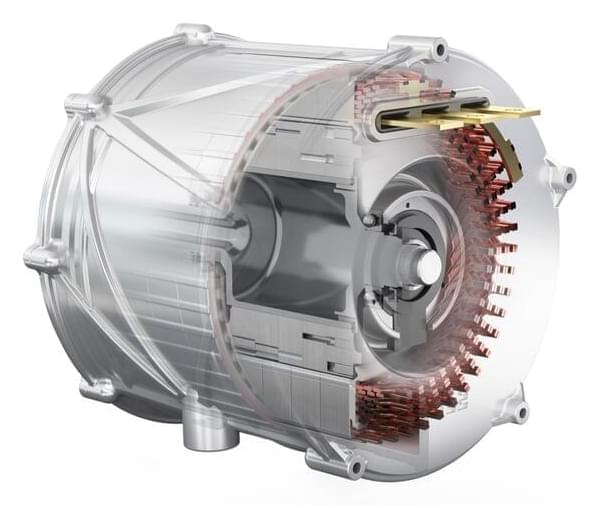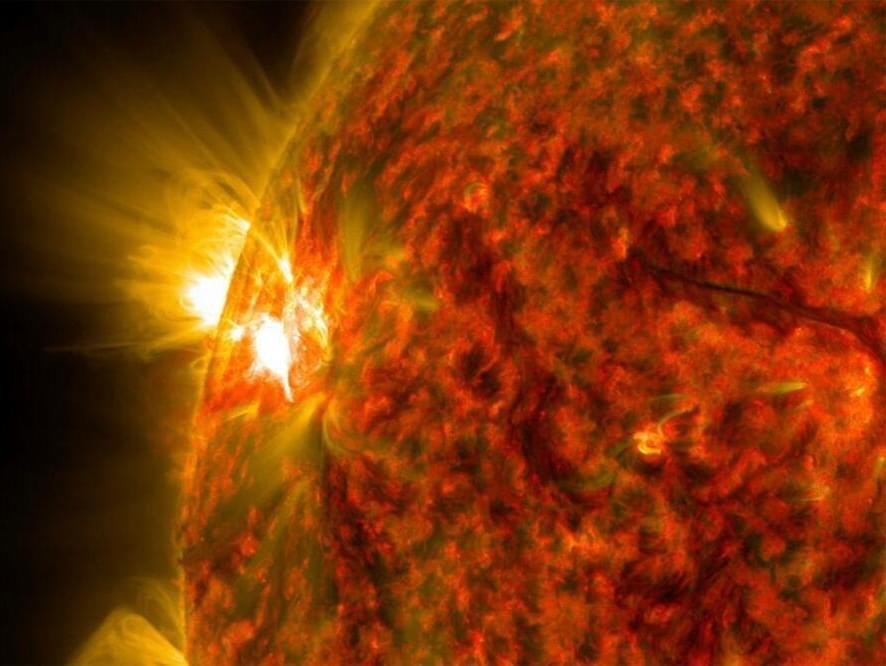Following several months of testing and configuration, the first suite of images has been released from the James Webb Space Telescope (JWST), successor to the Hubble Space Telescope.



A leaked trove of confidential files has revealed the inside story of how the tech giant Uber flouted laws, duped police, exploited violence against drivers and secretly lobbied governments during its aggressive global expansion.
The unprecedented leak to the Guardian of more than 124,000 documents – known as the Uber files – lays bare the ethically questionable practices that fuelled the company’s transformation into one of Silicon Valley’s most famous exports.
The leak spans a five-year period when Uber was run by its co-founder Travis Kalanick, who tried to force the cab-hailing service into cities around the world, even if that meant breaching laws and taxi regulations.

A new data extortion group has been breaching companies to steal confidential information, threatening victims to make the files publicly available unless they pay a ransom.
The gang received the name Luna Moth and has been active since at least March in phishing campaigns that delivered remote access tools (RAT) that enable the corporate data theft.

Visit our sponsor, Brilliant: https://brilliant.org/IsaacArthur/
H.P. Lovecraft is known as the father of the Cosmic Horror genre of fiction. The creator of Cthulhu and many other terrifying dark gods in his novels paints a bleak and decaying view of our world and the Universe. Today we’ll examine what it might imply if that nihilistic and grim view of reality was correct.
Visit our Website: http://www.isaacarthur.net.
Support us on Patreon: https://www.patreon.com/IsaacArthur.
SFIA Merchandise available: https://www.signil.com/sfia/
Social Media:
Facebook Group: https://www.facebook.com/groups/1583992725237264/
Reddit: https://www.reddit.com/r/IsaacArthur/
Twitter: https://twitter.com/Isaac_A_Arthur on Twitter and RT our future content.
SFIA Discord Server: https://discord.gg/53GAShE
Listen or Download the audio of this episode from Soundcloud: Episode’s Audio-only version: https://soundcloud.com/isaac-arthur-148927746/gods-and-monsters.
Episode’s Narration-only version: https://soundcloud.com/isaac-arthur-148927746/gods-and-monsters-narration-only.
Credits:
Gods & Monsters: Space as Lovecraft Envisioned it.
Episode 214, Season 5 E48
Written by.


In the event of a nuclear disaster, would you know what to do? If you’re a New York City resident, there’s a YouTube video for that.
The city’s Department of Emergency Management released a public service announcement video outlining the three steps that residents should take in case of a nuclear attack.



The Sun is expected to explode any day now.
Solar researchers have their eye on a massive sunspot dubbed AR3055, which measures more than 6,100 miles wide. These regions, which appear as dark moles on the surface of the Sun, are concentrations of relatively cooler temperatures caused by a magnetic flux.
“There is an incredible-looking sunspot crossing the center of the solar disk and a new large dark core has just appeared on the limb,” astronomer Apollo Lasky said in a Monday statement published on SpaceWeather.com.